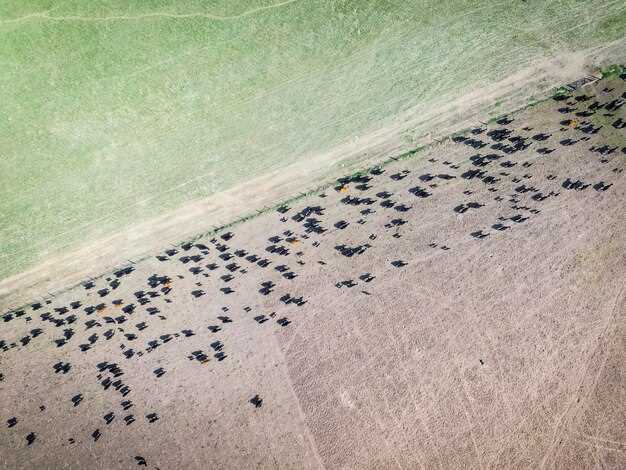
The essence of success in competitive racing lies not only in speed but also in adaptability. As racers navigate varied landscapes, the ability to adjust to changing terrains is vital. Whether it’s the unpredictable challenges of off-road trails or the slick surfaces of urban circuits, each environment demands a unique set of skills and strategy. Embracing change becomes essential for athletes who aspire to excel in these dynamic conditions.
Understanding the nuances of terrain adaptation requires a deep awareness of both the physical and mental components of racing. It is not simply about maintaining velocity; it is about optimizing performance through strategic adjustments. Factors such as grip, incline, and obstacles can significantly influence a racer’s efficiency and speed. Therefore, mastering these elements involves rigorous training and a keen adaptability to swiftly alter techniques and approaches as each race unfolds.
In this article, we will explore the critical aspects of mastering terrain adaptation under race conditions. We will analyze strategies employed by elite athletes, delve into the technologies that aid in this process, and highlight the importance of mental fortitude. By understanding and implementing these principles, racers can elevate their performance and navigate the complexities of any course with confidence.
Strategies for Rapid Terrain Assessment During Races
Mastering terrain adaptation requires quick and accurate assessments of changing conditions. Effective strategies can significantly impact performance and outcomes in competitive racing.
1. Pre-Race Reconnaissance: Conduct thorough research on the race course prior to the event. Utilize maps, videos, and previous race reports to identify critical terrain features, including elevation changes, potential hazards, and varying surfaces. This knowledge enables participants to anticipate changes effectively.
2. Real-Time Observation: During the race, continuously observe the terrain as it unfolds. Look out for signs of wear, such as mud, rocks, or altered paths. Active observation allows for quick recalibrations to maintain speed while adapting to unforeseen conditions.
3. Use of Technology: Leverage GPS devices and mobile applications that provide real-time updates on terrain conditions. Wearable technology can also monitor physical responses to terrain changes, helping racers make informed decisions based on their adaptability to the environment.
4. Develop Adaptive Skills: Training should focus on enhancing adaptability to different terrains. Practicing on various surfaces and inclines prepares racers for sudden changes and helps them develop the necessary skills to navigate obstacles efficiently.
5. Assess Risk vs. Reward: As terrain conditions evolve, quickly evaluate the risks associated with maintaining speed versus the potential benefits. This analysis should be guided by experience and instinct, considering personal strengths and weaknesses in adapting to unique challenges.
6. Team Communication: If racing in teams, establish effective communication strategies to share insights about terrain challenges immediately. This collaboration can provide a more comprehensive assessment and help all team members adapt more quickly to changes during the race.
Implementing these strategies can enhance a racer’s ability to assess and adapt to rapidly changing terrain conditions, ultimately improving overall performance.
Techniques for Adjusting Vehicle Setup on Varying Surfaces

Adapting a vehicle’s setup based on the terrain is crucial for optimizing performance and ensuring safety during races. Different surfaces present unique challenges, requiring specific adjustments to maximize traction and handling. Here are key techniques to consider:
- Tire Selection:
- Choose tires specifically designed for the terrain, such as mud, gravel, or asphalt.
- Adjust tire pressure to enhance grip; lower pressure may improve traction on soft surfaces.
- Suspension Modifications:
- Alter spring rates and damping settings to suit the terrain; stiffer settings can work better on hard-packed surfaces.
- Adjust ride height; a higher clearance can help navigate rough, uneven terrains.
- Weight Distribution:
- Reposition ballast to lower the center of gravity, which enhances stability on tight corners and uneven surfaces.
- Adjust the location of heavy components to optimize balance based on the terrain type.
- Drive Train Adjustments:
- Consider modifying gear ratios for better acceleration or top speed, depending on the surface conditions.
- Utilize limited-slip differentials to improve traction on slippery or uneven terrains.
- Brake Setup:
- Use appropriate brake compounds suited for varying surfaces; softer compounds may provide better grip on dirt or mud.
- Adjust brake balance to ensure optimal performance, particularly on mixed-terrain courses.
Incorporating these adjustments enhances a vehicle’s adaptability, allowing it to handle differing terrain conditions effectively. Mastering these techniques can significantly impact race outcomes, ensuring consistency and performance amid challenges.
Leveraging Real-time Data for Optimal Navigation in Changing Conditions

The ability to navigate effectively in dynamic environments relies heavily on real-time data. As conditions shift, the need for adaptability becomes crucial for success. Real-time data enables racers to respond promptly to environmental changes, whether it’s adjusting to weather patterns, topographical variations, or alterations in terrain quality.
Utilizing advanced sensors and GPS technology, racers can access live information about their surroundings. This data aids in making informed decisions about speed, trajectory, and strategy. For instance, a sudden rainstorm can render a previously fast track significantly slower; racers must adapt their driving style to maintain control and optimize performance under these new conditions.
Moreover, integrating predictive analytics with real-time data can enhance adaptability. By analyzing previous patterns of change, racers can anticipate how certain conditions might evolve, allowing them to prepare in advance. This proactive approach not only maximizes efficiency but also minimizes the risk of errors that can occur when relying solely on instinct in rapidly changing environments.
Incorporating real-time data systems also facilitates communication within teams. Crews can relay critical updates to racers, allowing for swift adjustments to strategies based on immediate feedback from the track. This collaborative approach ensures that all team members are synchronized in their response to changing conditions, enhancing overall performance.
Ultimately, leveraging real-time data fosters a culture of adaptability. In the competitive landscape of racing, those who excel at interpreting and responding to continuous changes will consistently outperform opponents. Emphasizing data-driven decision-making, racers can navigate challenges with confidence and precision, ensuring they remain ahead in the race under any circumstance.




